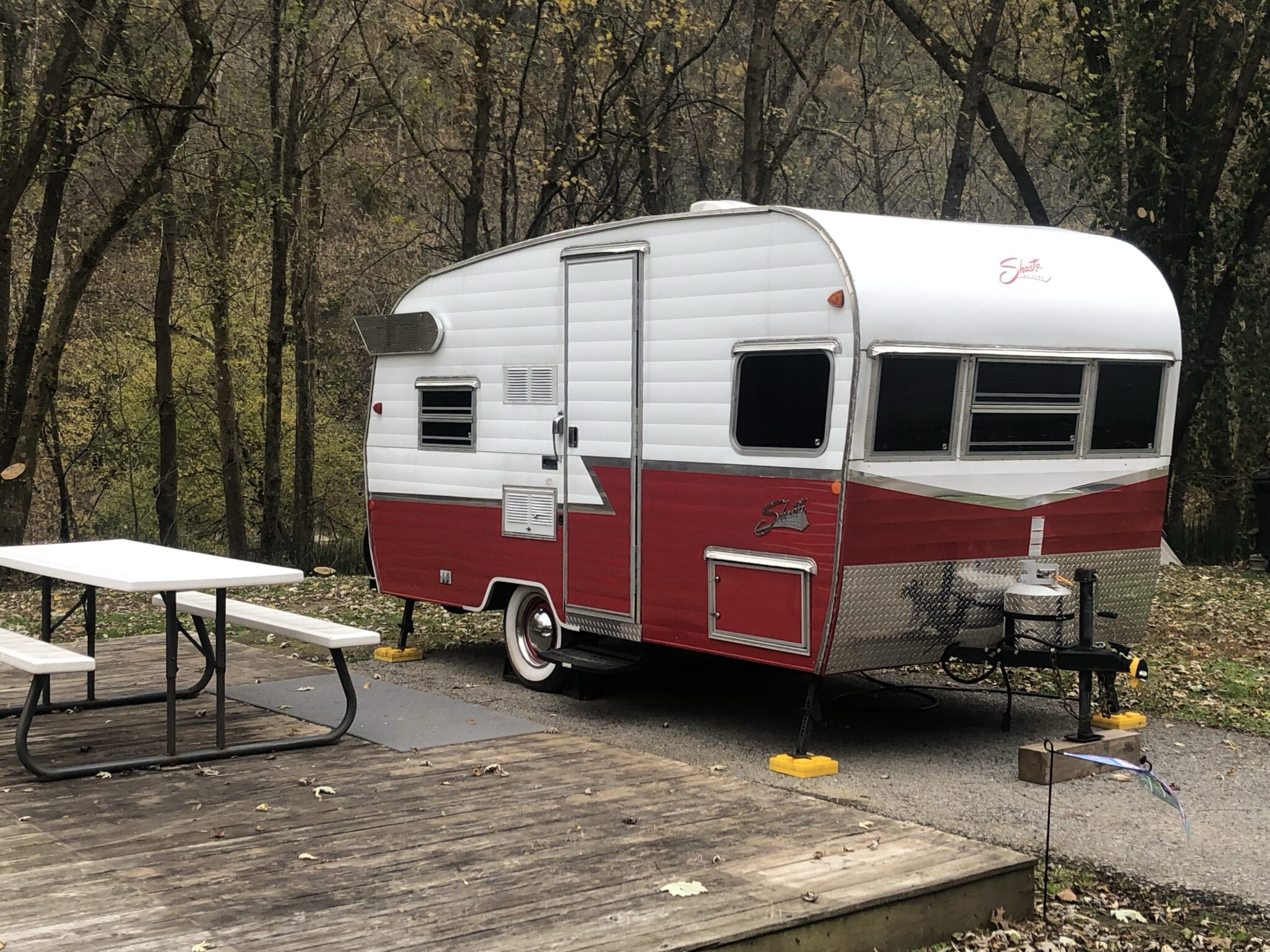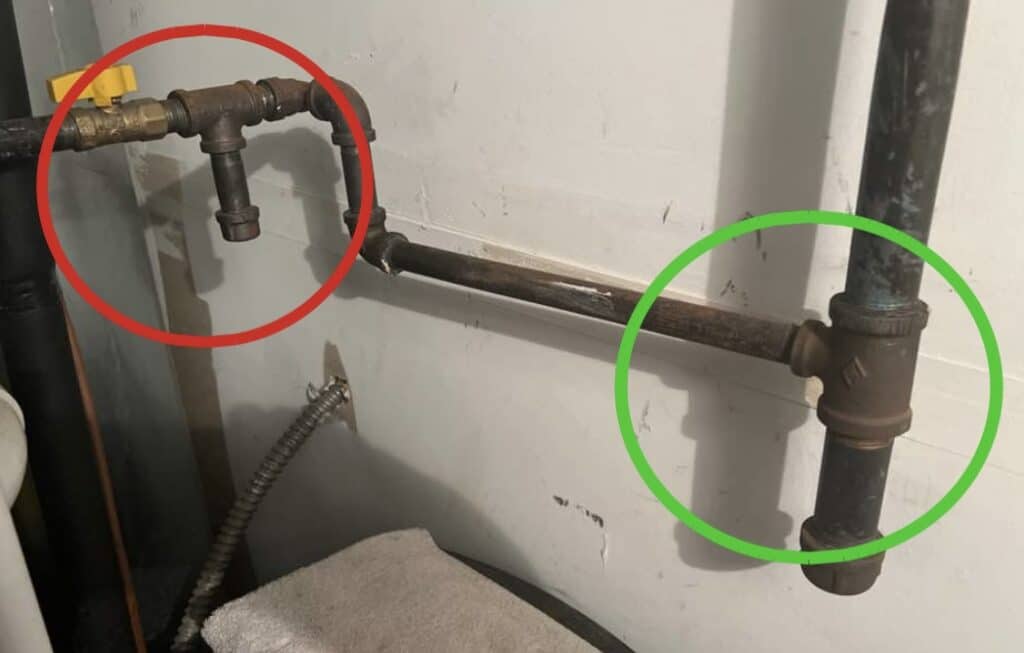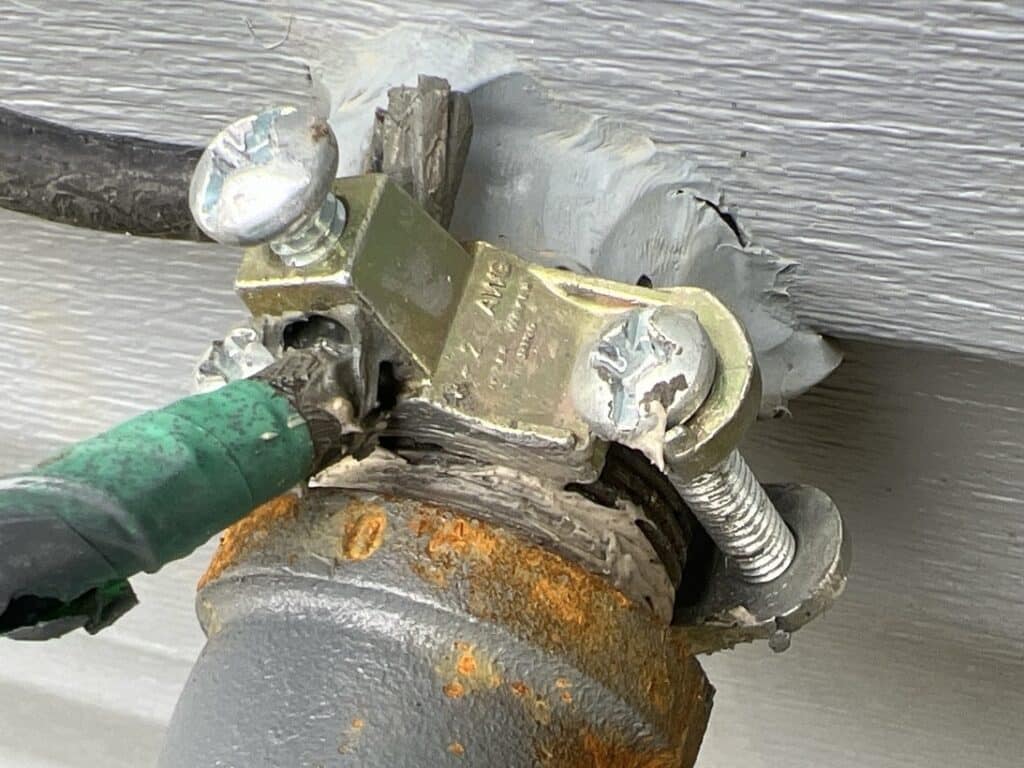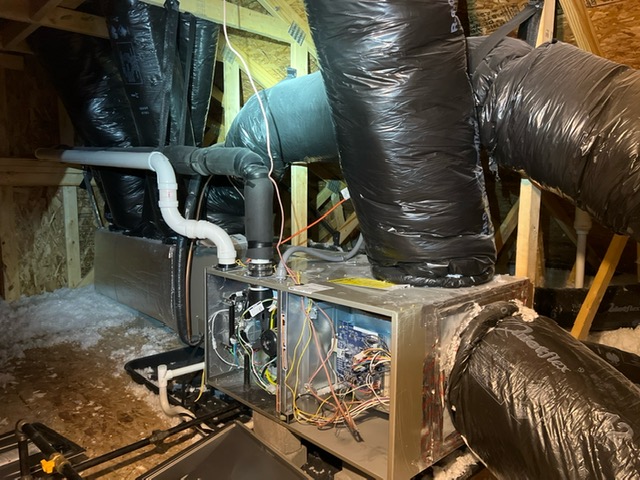
When you want to plug it in at home all you need is an adapter and a regular house receptacle (most homes have one on an outside wall) to plug into use a converter block that changes the 30 amp (3 prong plug) to a standard household plug. This will give you enough power to power your inverter charger and keep the batteries in tip top condition.
The 30 amp plug on your RV cord is NOT the same power as the Clothes Dryer receptacle.
The three prongs on the RV are ground/ neutral/ hot, the one hot is 120 volts verses the dryer with a neutral and two hot prongs giving you 220 volts which would burn up the electrical system in your RV and possibly the RV. The 50 amp plug has 4 prongs ground/ neutral/ & two hots, the two 120 volt hot’s give you two separated 120 feeds as opposed to a 220/240 feed since RV’s do NOT have 220 bolts on board. So no special wiring needed!







Leave a Reply